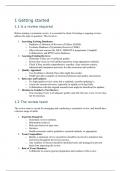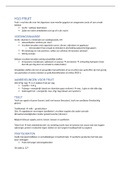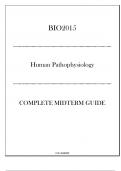Samenvatting
Samenvatting CRD's guidance for undertaking reviews in health care
- Vak
- Instelling
Deze samenvatting vat de bijlage CRD's guidance for undertaking reviews in healthcare voor het vak literatuuronderzoek in de verpleegkunde samen.
[Meer zien]












